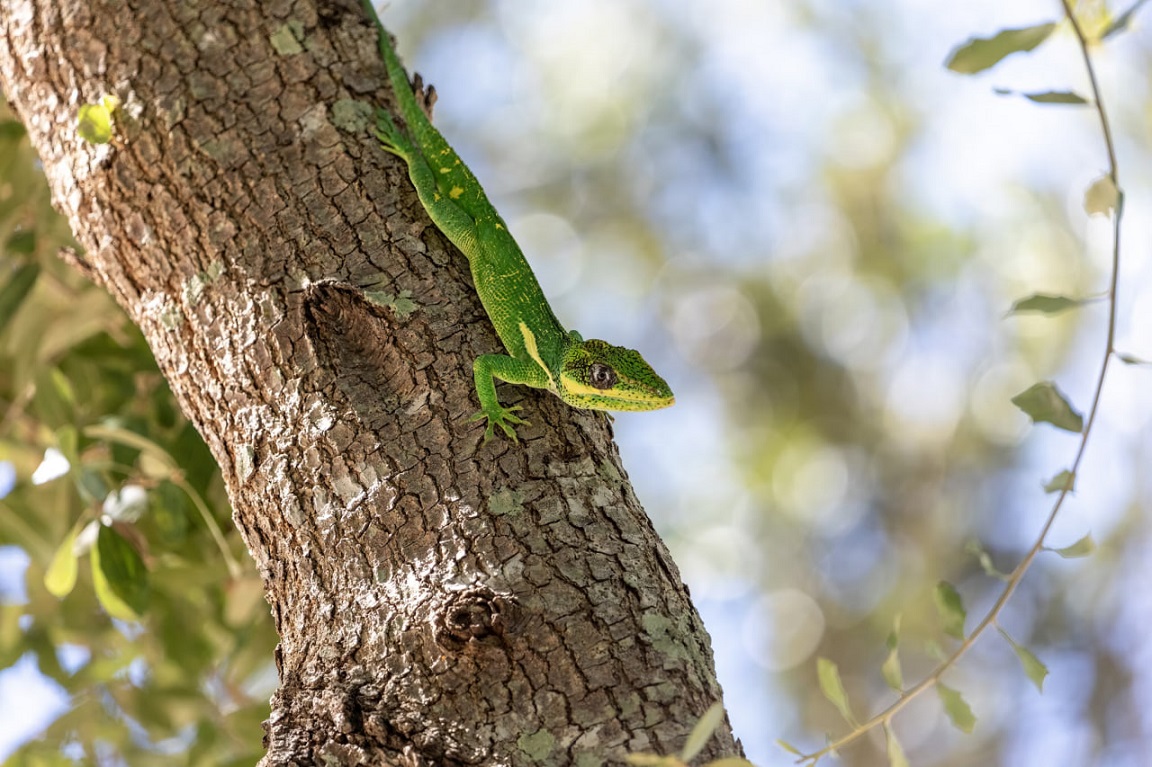30 Nov 2024

Cindy FEIX
Responsable Commande Publique
Did you know that while 59% of species are moving towards cooler environments due to climate change, 41% either stay put or shift to unexpected areas, suggesting that temperature isn't the on

As global temperatures rise, many species are shifting habitats, posing significant challenges for policy-makers worldwide. The movement of mosquitoes, disease-bearing ticks, and bats into new regions introduces illnesses such as malaria and Lyme disease to areas where healthcare systems are unprepared. Additionally, commercially important fish migrating across jurisdictions alters job opportunities and sparks trade disputes. These developments characterize the urgency for adaptive resource management and conservation strategies in response to climate change.
An international team led by McGill University researchers has identified key factors that influence species habitat shifts. Their study, published in Nature Reviews Earth and Environment, provides critical insights into the movement patterns of thousands of species over recent decades. Jake Lawlor, a McGill Ph.D. student and lead author of the study, highlighted that most human systems interacting with species were designed under the assumption of static habitats. Integrating observed and potential future range shifts into resource-management and conservation plans is essential to mitigate the effects of climate change.
While climate warming serves as a basic predictor for species movement, with 59% of tracked species shifting towards cooler environments, the study found that 41% of species either did not move or migrated to environments inconsistent with warming trends. This suggests that factors beyond temperature, such as species-specific characteristics or environmental features, play a crucial role in determining habitat shifts. Understanding these temperature-inconsistent shifts is vital for creating accurate predictive models.
The researchers also noted significant gaps in the existing data on species range shifts, which is heavily concentrated in Europe and North America and unevenly distributed across different plant and animal groups. Marine species, in particular, are largely excluded from current databases. As a result, caution is necessary when interpreting these patterns, as trends observed in regions with four distinct seasons may not apply to areas with only wet and dry seasons. Furthermore, species with varying dispersal abilities and growth rates are expected to respond differently to climate change.
Jennifer Sunday, the senior author of the paper and an Assistant Professor in the Biology Department at McGill University, emphasized that average rates and directions of range shifts based on birds and insects may not accurately predict movements of kelp, crops, or fish. Consequently, these trends are insufficient for informing comprehensive conservation-management plans. The research team advocates for increased monitoring of species shifts to enhance understanding and inform strategies for preserving biodiversity amid climate change.
As climate change accelerates, the movement of species into new habitats presents complex challenges for policy-makers and resource managers. Understanding the multifaceted factors driving these shifts is crucial for developing adaptive strategies that ensure the sustainability of ecosystems and human health. Comprehensive monitoring and data collection efforts will be essential to inform effective conservation and resource-management plans in the face of an ever-changing climate.
Source: Environment Energy Leader
Comment
Reply